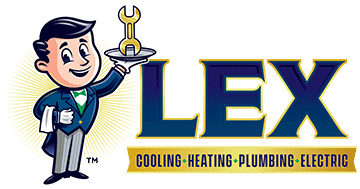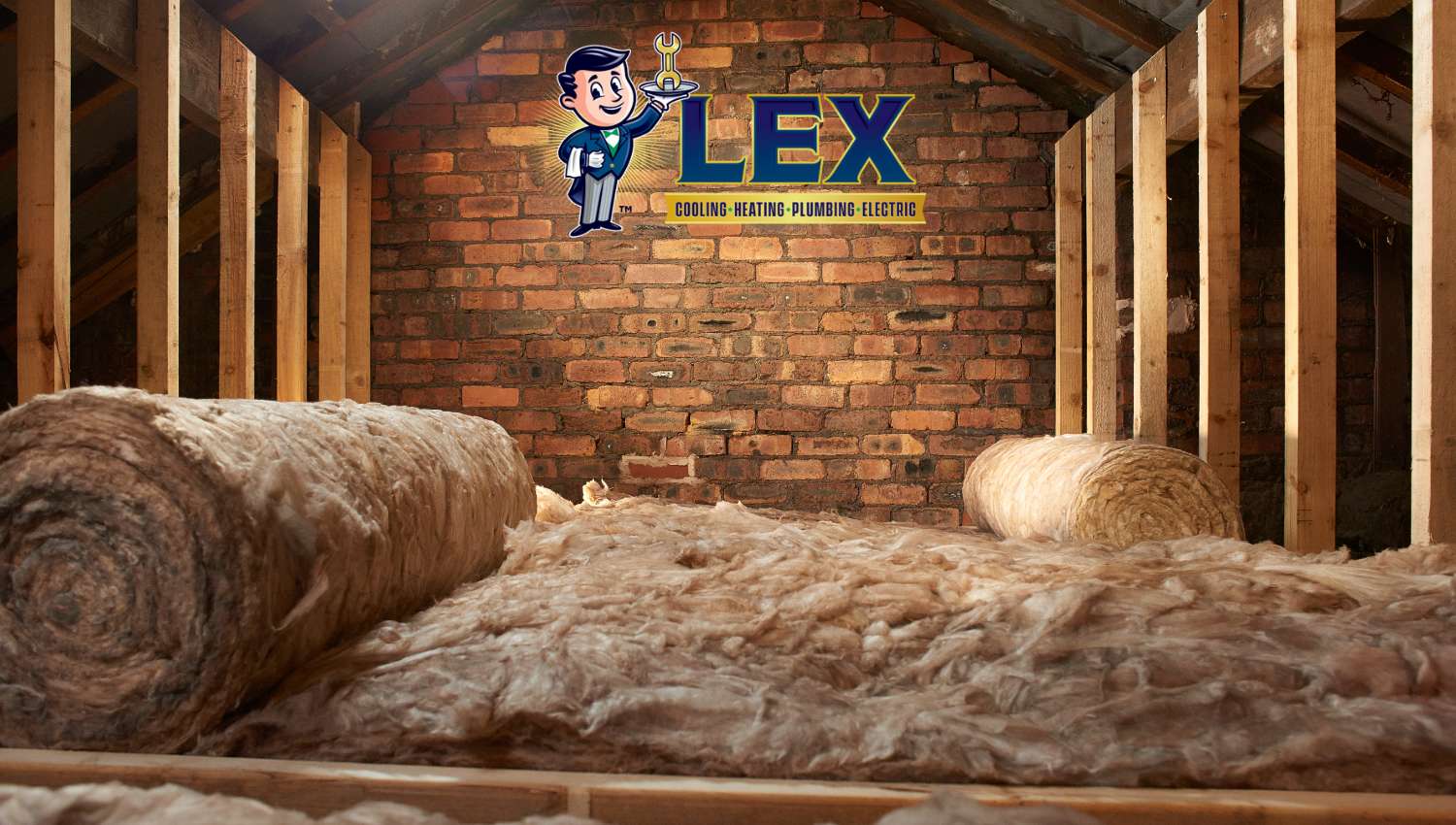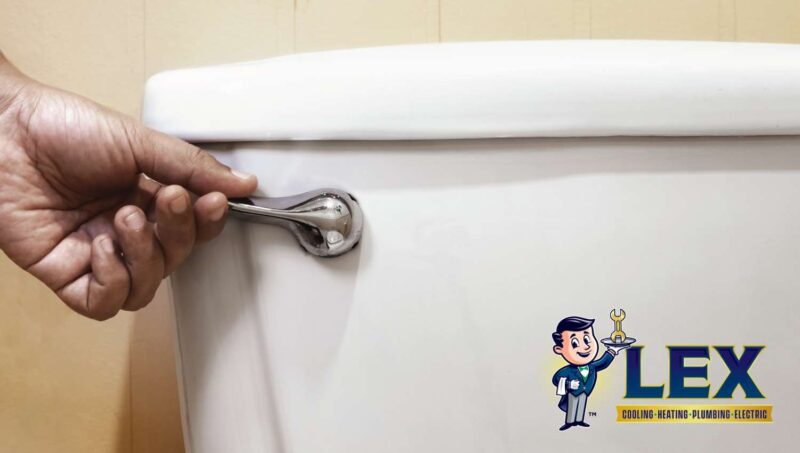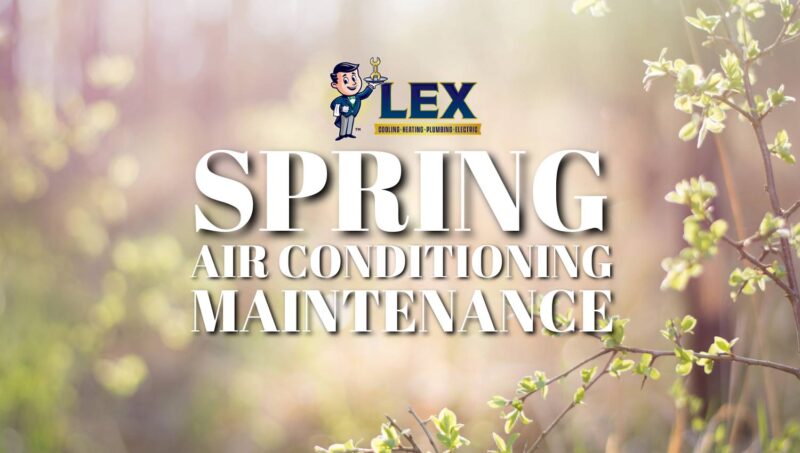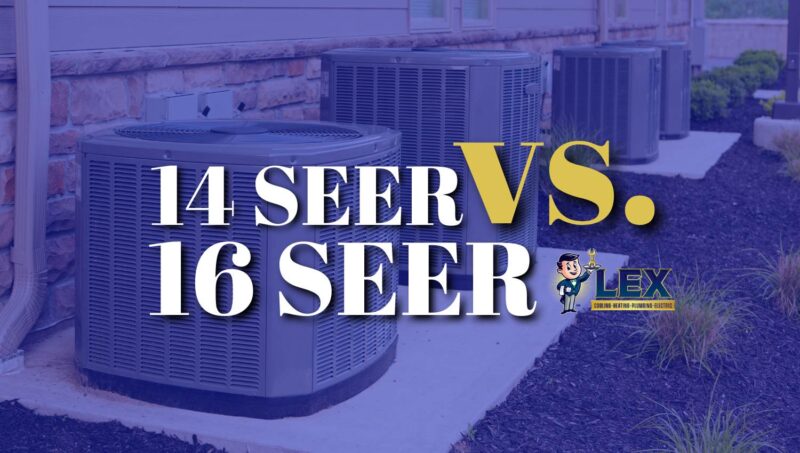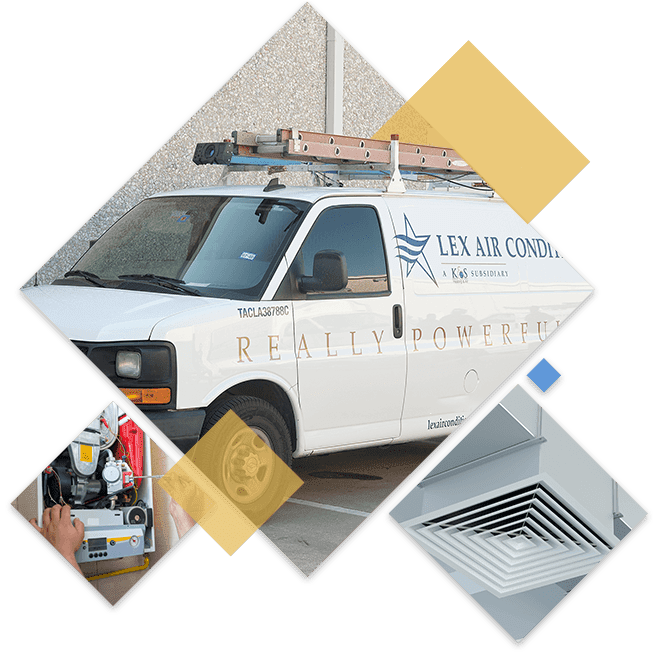The reality is that poorly insulated homes can lead to substantial energy loss, with experts suggesting that around 25 percent of heat can be lost through a basement, and 60 percent of air leaks in a home are found in the attic and roof.
The implications of poor insulation are far-reaching, which makes addressing these issues promptly crucial. Luckily, our experienced Carrollton technicians at Lex Air Conditioning can address any insulation problems that may arise. From identifying and repairing areas of air leakage and inadequate insulation to providing tailored solutions that enhance your home’s energy efficiency, we can handle it all.
In this blog, we’ll explain what insulation is, its importance, and how to tell if your North Texas home is properly insulated. Read on to learn more or give Lex Air Conditioning and Heating a call at (972) 217-8955 to schedule a home inspection today!
What is Insulation?
Insulation refers to materials used in buildings and homes to reduce the transfer of heat. You may find insulation positioned within wall cavities, between floor joists, and in other critical areas of the home. Insulation acts as a barrier that helps maintain interior temperatures, making it easier to keep a space warm in the winter and cool in the summer.
Having enough insulation in your home is crucial for energy efficiency, as it minimizes the demand on your HVAC system, reduces energy consumption and utility bills, and improves your overall home comfort.
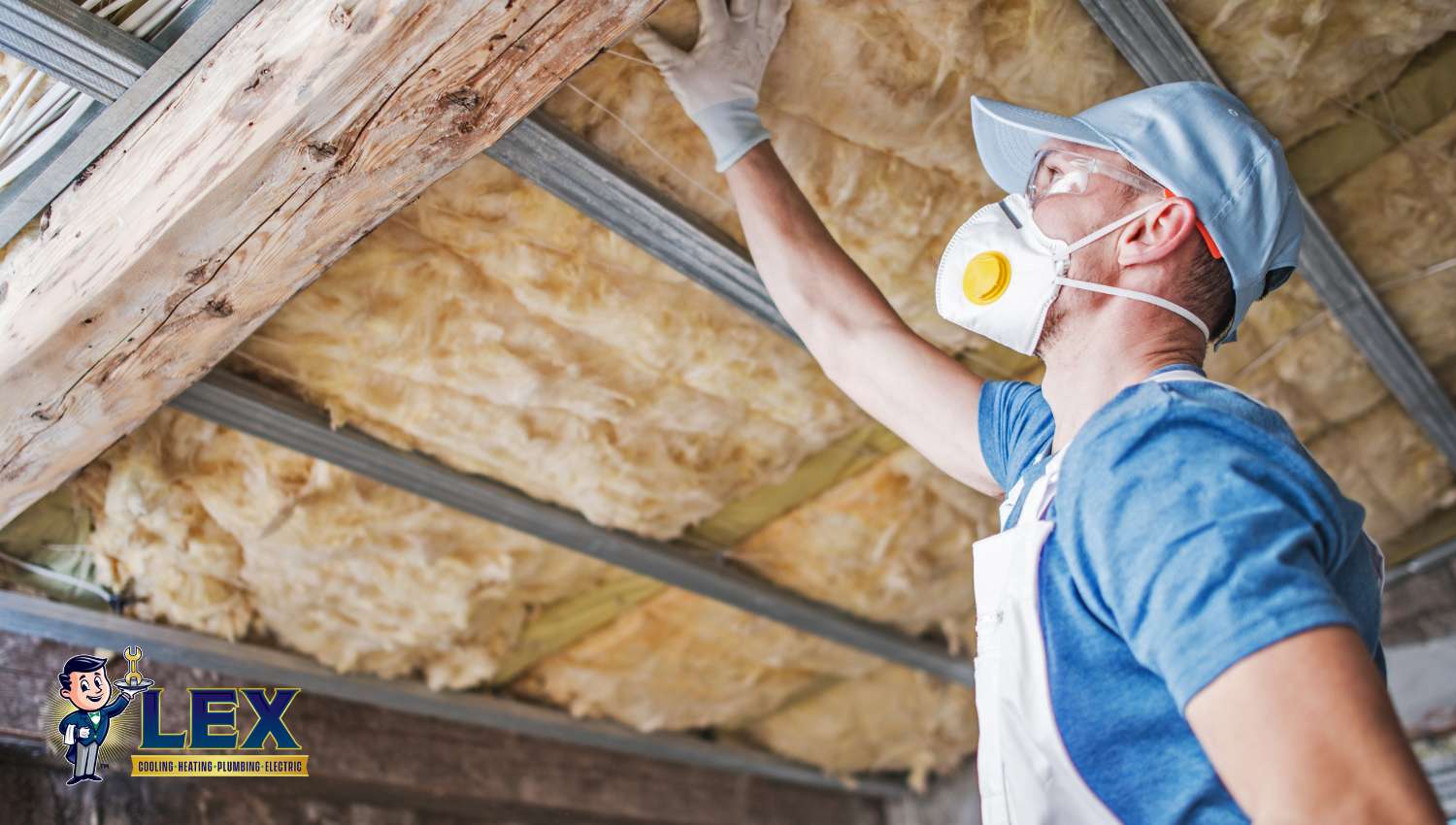
Common Types of Insulation and Insulation Materials
Homeowners have a wide variety of insulation types and materials at their disposal, each designed to meet specific needs ranging from thermal resistance and energy efficiency to soundproofing and environmental sustainability. Whether it’s spray foam for air sealing, loose fill for attics, fiberglass batt insulation for exterior walls, or eco-friendly cellulose, the options available ensure that there’s an insulation solution for every home’s unique needs.
Insulation Types
- Spray Foam Insulation: Spray foam insulation is applied wet and expands into a thick foam, filling in gaps and providing an air seal.
- Loose Fill Insulation: Also known as blown-in insulation, as small particles are blown into attics or wall cavities to fill in nooks and crannies.
- Batt and Roll Insulation: Pre-cut sections of insulation are rolled or laid out in areas like attics, floors, and walls.
- Rigid Foam Board Insulation: Stiff panels of insulation that can be used on walls, roofs, and foundations.
- Reflective Insulation and Radiant Barriers: Sheets of reflective material used primarily in attics to reduce heat gain from the sun.
- Foam Board or Liquid Foam Insulation: Can be injected, sprayed, or placed in boards to provide insulation.
Insulation Materials
- Fiberglass: Fiberglass insulation is made from fine strands of glass and is one of the most common insulation materials due to its effectiveness and cost-efficiency.
- Cellulose: Composed of recycled paper products, making it an eco-friendly choice, treated with fire retardants.
- Mineral Wool: Can refer either to rock wool, made from basalt or slag wool, a byproduct of steel manufacturing. It’s known for its fire resistance and soundproofing abilities.
- Polyurethane Foam: A type of foam insulation that comes in spray form or rigid panels, known for its high insulation value.
- Polystyrene (EPS and XPS): A type of foam board insulation that is lightweight and has good thermal resistance.
- Natural Fibers: Includes insulation made from materials like cotton (denim), sheep’s wool, and other plant fibers, offering a more sustainable option.
R-Value Insulation Chart
Understanding the “R-value” is crucial when selecting insulation, as it not only indicates the thickness of the material but also its efficiency in regulating and controlling indoor temperatures. This measurement is important for ensuring that your home maintains a comfortable climate while optimizing energy use.
Each zone on the R-value chart corresponds to specific thermal resistance needs, ensuring that insulation is tailored to provide optimal energy efficiency and comfort in varying temperatures. Homeowners in the Dallas-Fort Worth area fall into Zone 3, as our climate is typically on the warmer end. Below is a chart that displays the different zones and R-values for insulation.
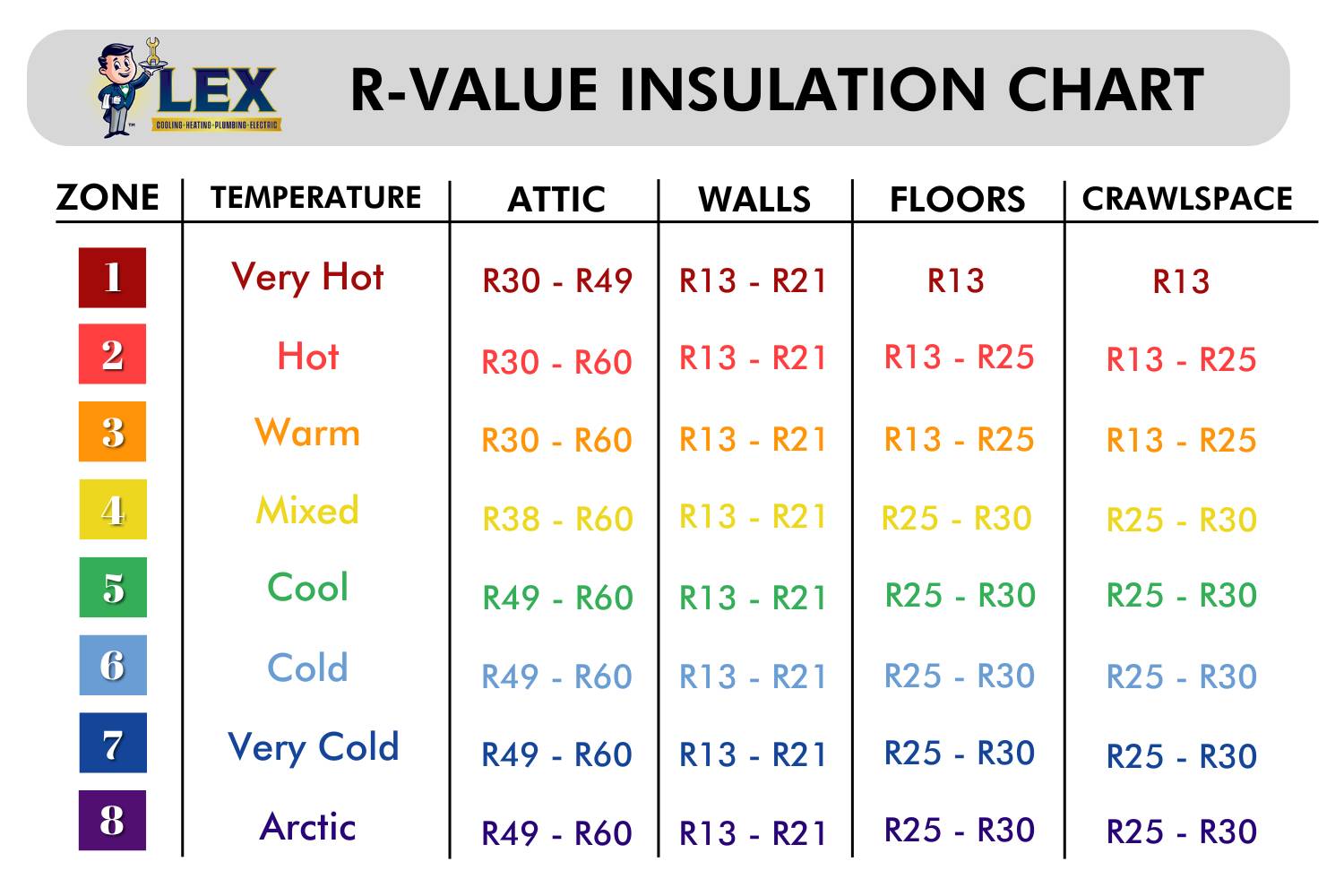
It’s important to note that the effectiveness of an insulation material’s R-value can be compromised if the installation is not executed correctly. If the insulation is not installed properly, the accuracy of the R-value may be off. Missing vapor or air leak barriers may also affect the accuracy of the measurement. These oversights can lead to a decrease in the insulation’s ability to perform as expected, impacting its overall ability to maintain the desired temperature regulation within the home. Ensuring correct installation and addressing potential air leakage or moisture intrusion are key steps in preserving the integrity and accuracy of the insulation’s R-value.
The Importance of Proper Attic Insulation
Good insulation, in your attic and all throughout your home, plays a super important role in maintaining a comfortable and energy-efficient home environment. Here are some reasons why proper attic insulation (and insulation in general) is so important:
- Energy Efficiency: Adding insulation helps keep all the warm air inside during the winter and the cool air in during the summer. This reduces the demand on your heating and cooling systems, leading to lower energy consumption and significantly reduced utility bills.
- Comfort: Proper insulation ensures a consistent indoor temperature, making living spaces more comfortable year-round.
- Enhances HVAC Efficiency: By maintaining a stable indoor temperature, good insulation reduces the workload on your HVAC system. This not only extends the lifespan of your heating and cooling units but also ensures they operate at peak efficiency.
- Improves Indoor Air Quality: Proper insulation and sealing can prevent pollutants, dust, and pollen from entering your home, contributing to healthier indoor air quality.
- Moisture Control: Good attic insulation helps regulate the temperature differences between the attic and the rest of your home, reducing the potential for condensation and moisture problems. This can prevent mold growth and structural damage caused by excess moisture.
- Environmental Impact: By reducing the amount of energy needed to heat and cool your home, insulation contributes to lower carbon emissions, making it an environmentally friendly choice.
- Sound Reduction: Insulation acts as a sound barrier, reducing the transmission of noise from outside and between different rooms and floors within the home, leading to a quieter and more peaceful living environment.
Old Homes Versus New Homes
People who purchase a newer home will probably already have proper insulation. In fact, in certain states, new home builders are also required to meet new energy-saving codes. Older homes built in the time period from 1900 to 2000, however, will probably need better insulation to ensure that the heating bills remain low and moderate.
Home insulation should not be a do-it-yourself project. There are so many things that could go wrong that may adversely affect your heating and cooling bills. If you lose more money because it’s not done properly, you’ll negate any savings that you may have earned by doing it yourself. Spend the extra money upfront to save for many years to come.
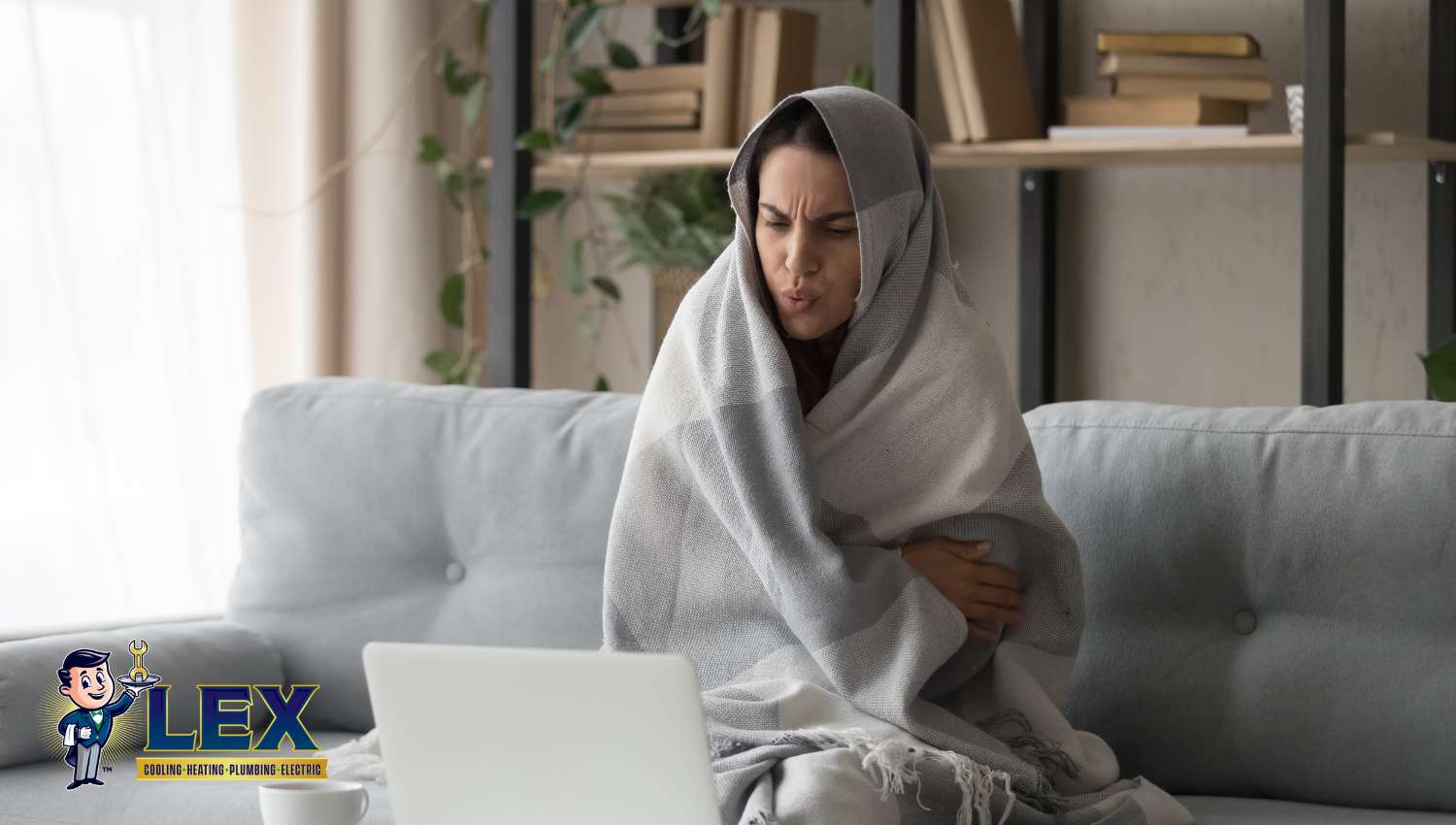
Signs of Poor Insulation
Recognizing the signs of poor insulation is the first step toward creating a more energy-efficient and comfortable living environment. Here are some key signs that your Carrollton home may be suffering from poor insulation.
Fluctuating Indoor Temperatures
One sign that your home may be poorly insulated is if you experience fluctuating indoor temperatures, where different areas of your home do not maintain a consistent temperature. You might walk from one room and feel warm air before walking directly into another that’s noticeably cooler, despite having the heater or air conditioner running.
This inconsistency can lead to uncomfortable rooms and an even more uncomfortable home overall. What’s more, different temperatures throughout your home also signal that your heating and cooling systems have to work harder to maintain a stable indoor climate, leading to increased energy costs and wear on the systems.
Increased Heating and Cooling Costs
Surprisingly high energy bills can be a telltale sign of poor insulation in your home. When insulation is inadequate, it struggles to keep the warm or cool air inside, forcing your heating and cooling systems to work overtime to maintain comfortable temperatures. This inefficiency is directly reflected in your utility bills, as the increased energy demand to heat or cool your home becomes more apparent through rising costs.
Drafts or Cold Spots
Another clear sign that your home lacks adequate insulation is the presence of drafts or cold spots, especially noticeable during cold temperatures. These uncomfortable zones, where you can distinctly feel cold air, often occur around windows, doors, and other areas not properly sealed or insulated. The sensation of a persistent chill or the need to wear extra layers indoors, even with the heating system turned on, underscores the reality that your home is not retaining heat as it should.
Ice Dams and Frozen Pipes
The formation of ice dams on your roof and the occurrence of frozen pipes are compelling indicators of poor insulation. Both of these issues not only signal significant insulation problems but also pose a risk to the structural integrity of your home. Ice dams develop when heat escapes from a poorly insulated attic, melting the snow on the roof. The water then refreezes at the eaves, forming a dam that can cause water to back up and potentially damage the roof, walls, and insulation.
Similarly, frozen pipes are often a result of inadequate insulation in areas prone to cold temperatures, where the pipes are not sufficiently protected against the cold, leading to freezing and the risk of bursting. Properly insulating water pipes is crucial to protect them from freezing during cold weather, which can prevent the costly and inconvenient issue of burst pipes. Should you ever face the unfortunate event of burst pipes, Lex Air is ready to assist with emergency Carrollton plumbing repair, ensuring fast and effective solutions to restore your home’s plumbing integrity.
Touch Test
The “touch test” is a simple yet effective method to detect poor insulation in your home, particularly when applied to interior ceilings, walls, and floors. By placing your hand on these surfaces, you can gauge their temperature. If an interior wall or the ceiling feels cold to the touch during winter or unusually warm during summer, it’s a strong indicator of inadequate insulation.
This disparity suggests that the insulation within these spaces is not effectively blocking the transfer of outdoor temperatures into your home, leading to uncomfortable living conditions and potentially higher energy costs. Conducting this test can help homeowners identify areas where insulation may need to be improved to enhance the overall comfort and energy efficiency of their homes.
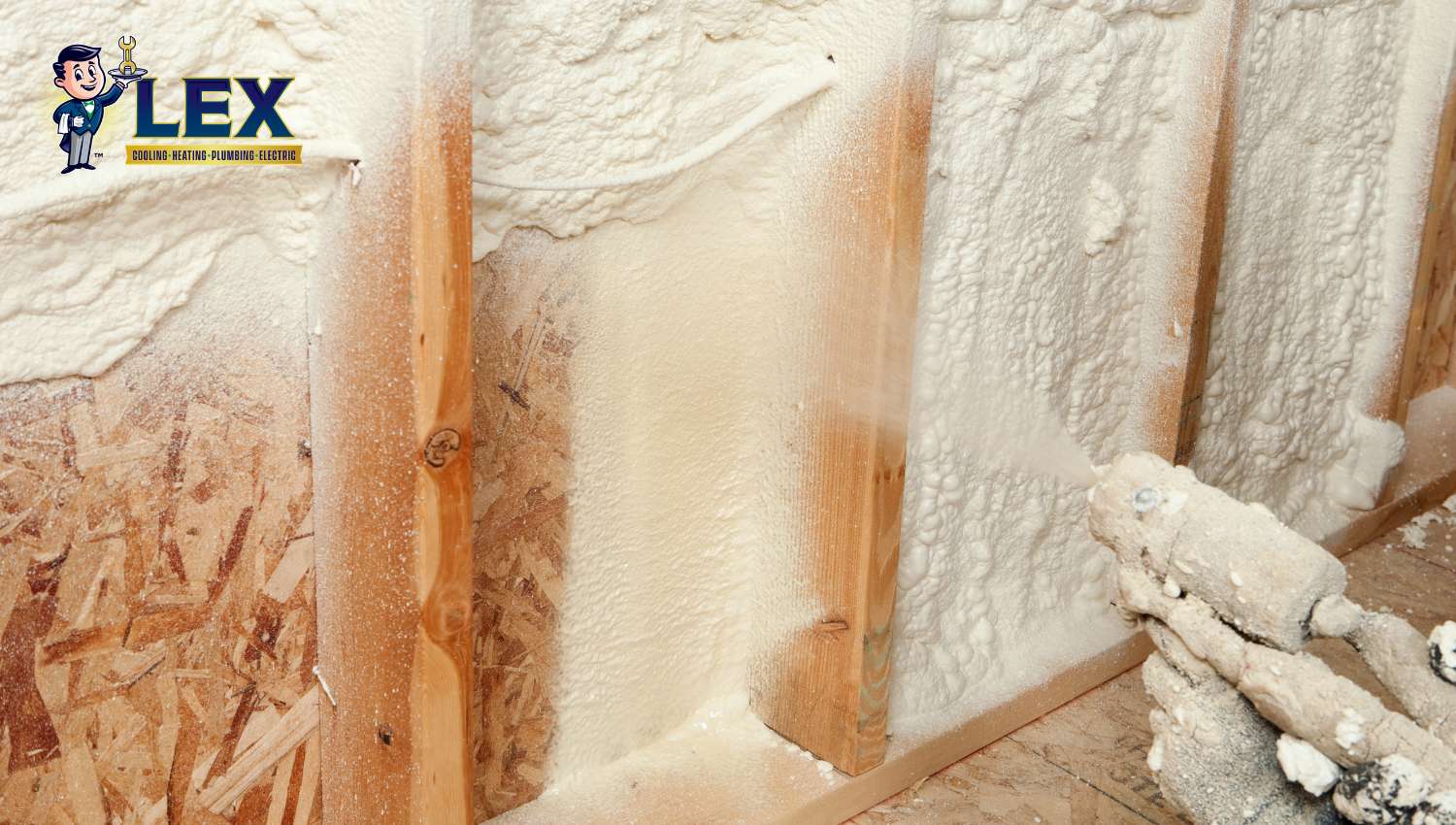
How to Save More by Paying Attention to Basements and Crawl Spaces
To effectively save money and conserve energy, it’s imperative that you make sure your home is well insulated. This extends beyond just the visible areas; it includes properly insulating basements and crawl spaces as well. Vapor sealing plays a crucial role in this process, as it prevents moisture from seeping into the insulation, which can degrade its effectiveness over time. Drafty, cold floors and heat loss can be prevented with proper insulation to prevent air seepage through crevices in the floorboards.
After implementing these insulation measures, conducting a BPI-certified energy audit is a smart next step. This assessment will confirm whether your home is properly insulated or if there are areas that still need attention.
Assessment and Evaluation of Home Insulation in Carrollton, TX
At Lex Air Conditioning and Heating, our certified Carrollton heating and air conditioning technicians offer comprehensive services to assess and evaluate your home’s insulation levels, ensuring that your living spaces are as energy-efficient and comfortable as possible. Through a detailed home energy audit, we’ll conduct a visual inspection of insulation levels in key areas of your house, from the exterior wall to the attic, floors, and even crawl spaces. This assessment provides a clear picture of where your home stands in terms of insulation and where it might require insulation enhancements.
By measuring the insulation R-values, our HVAC pros can determine how well your home is protected against heat loss and gain. This process is crucial for identifying areas that may have an insulation problem and pinpointing specific spots where improvements can lead to significant energy savings and enhanced comfort. When you call Lex Air, you can rest assured that our thorough evaluation will cover all bases to ensure your home is optimally insulated.
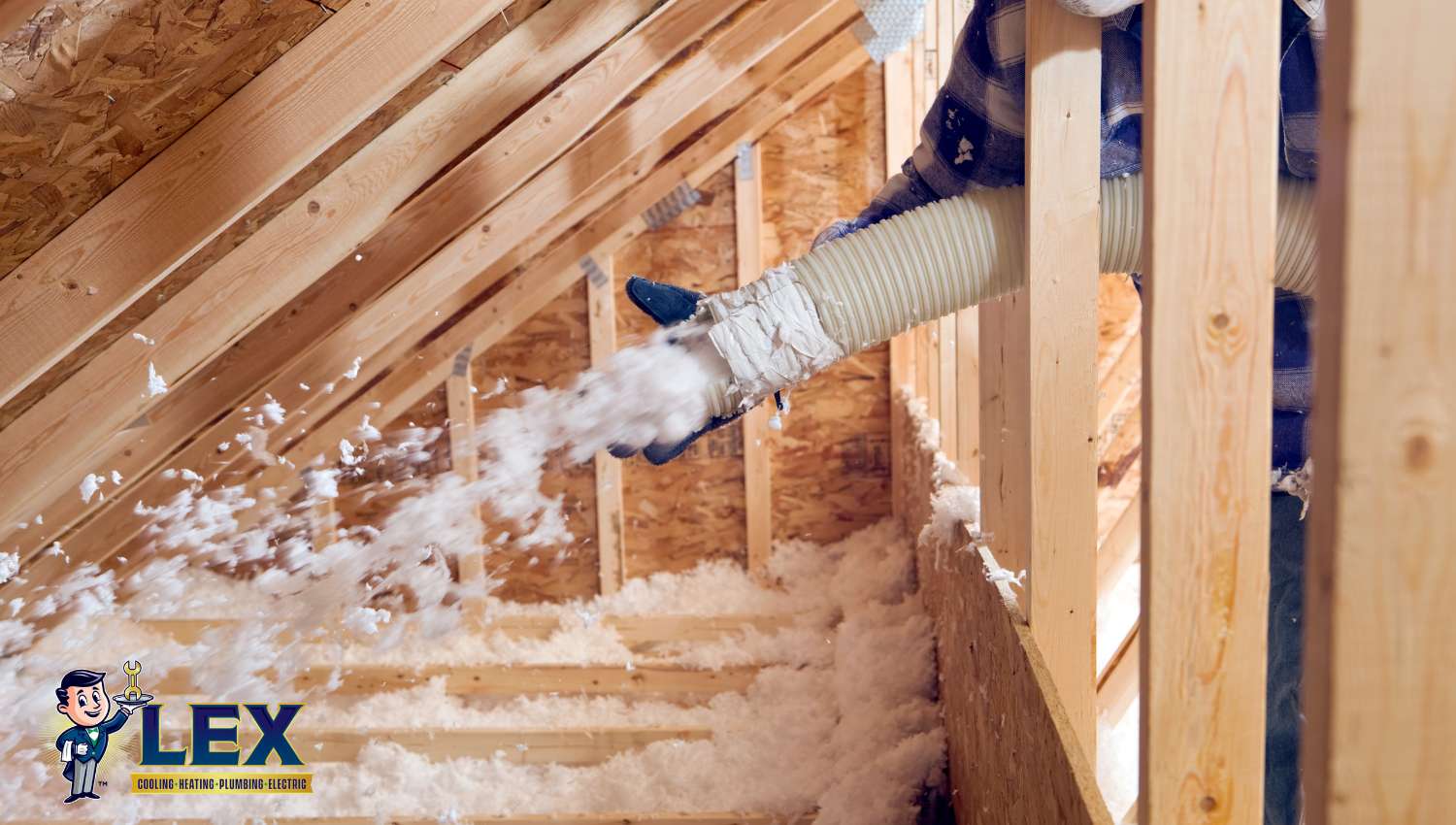
Keep Your Home Properly Insulated With the HVAC Experts at Lex Air Conditioning
Insulation issues? No need to fear. Keeping your home properly insulated and maintaining moderate temperatures can be achieved with just a few simple steps. By contacting a professional at Lex Air Conditioning, you can explore a variety of insulation solutions tailored to your home’s specific needs.
Our expertise covers everything from assessing your current insulation levels to recommending and installing the most effective materials to prevent heat loss and gain. Whether you’re looking to upgrade attic insulation, seal drafts in walls, or insulate water pipes, our experienced team of technicians is equipped to help you achieve a perfectly insulated home. Give us a call at (972) 217-8955 or send us a message online to get started!
